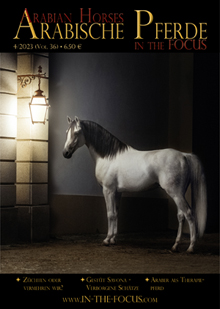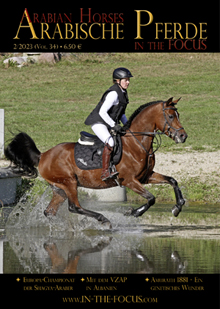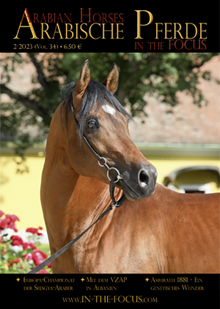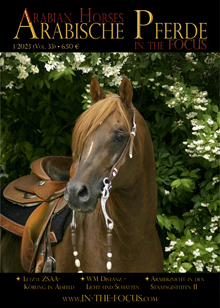In recent years, the horse genome has been examined with new genetic analysis methods. The result was some new knowledge about the family tree of our horses, their domestication, the “grand sires” and “grand dams” of all domestic horses, the origin of the breeds and much more.
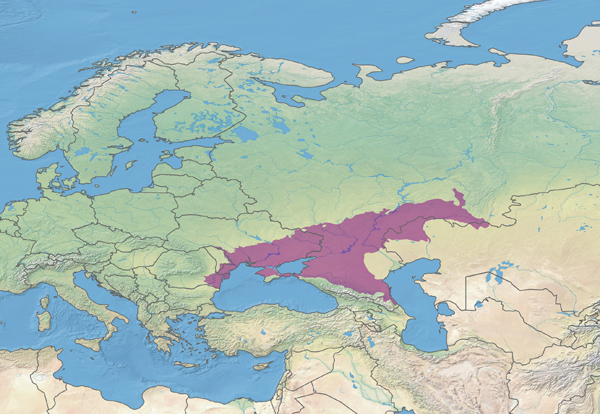
Origin and domestication
In general, scientists agree that the horse emerged from a small, fox-sized forest dweller in a long and very well documented chain of evolution. In the course of approx. 60 million years, this Eohippus (Hyracotherium), the ancestor of the equidae, eventually became today’s horse Equus caballus.
The next stop was domestication. Apparently this took place around 5500 years ago in the so-called botai culture. However, the latest scientific findings indicate that the horses domesticated in the steppes of northern Kazakhstan at the time were not the ancestors of today’s horse breeds, because there is practically no DNA from the Botai horses in the genome of modern domestic horses. Rather, these Botai horses are the ancestors of the Przewalski horses. This realization “degrades” the Przewalski horses, which were often regarded as the last wild horses, to feral domestic horses, but they have nothing to do with today’s domestic horse breeds.
Charleen Gaunitz from the Natural History Museum of Denmark in Copenhagen found that during the third millennium BC another group of horses not related to the Botai horses must have become the source of all domesticated horse populations. In contrast to the previous findings on domestication of the horse, the ancestors of our modern horse breeds may have been domesticated in other, more western, centers of origin. This happened around 4000 years ago, and with this the modern domestication of the horse coincides with an expansion of the human population during the early Bronze Age (Indo-European migration). Regardless of the point in time and the actual gene pool that people used at that time, a likely domestication center for today’s horses remains the Eurasian Steppe, which extends from Kazakhstan to Moldova.
The new genome information also revealed for the first time that about four to five thousand years ago a line of horses that had not yet been described roamed the Iberian Peninsula. However, they have disappeared and are not the ancestors of modern Iberian horses. Carvings from the Middle Stone Age found in southern Spain and dating back to around 5,000 BC. Chr. show horses that are led by humans. One of the oldest depictions of a rider can be seen in the Vermelhosa site in the Côa Valley. It is a rock carving depicting a horseman and hunter armed with a spear and attributed to the Iron Age (first millennium BC). In the light of the above knowledge about an extinct equine species on the Iberian Peninsula, these rock engravings take on a new meaning.
The Origin of the Breeds
-------------------------------------------------------------------------------------------------The rest of this article is only visible to Online Subscribers.
Please log-in, if you are already an Online-Subscriber: Login-PagePlease go to the Shop, if you want to become an Online-Subscriber: Shop-page
The one-year Online Subscription is available at 20 €
-------------------------------------------------------------------------------------------------









